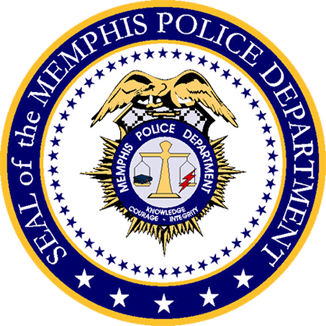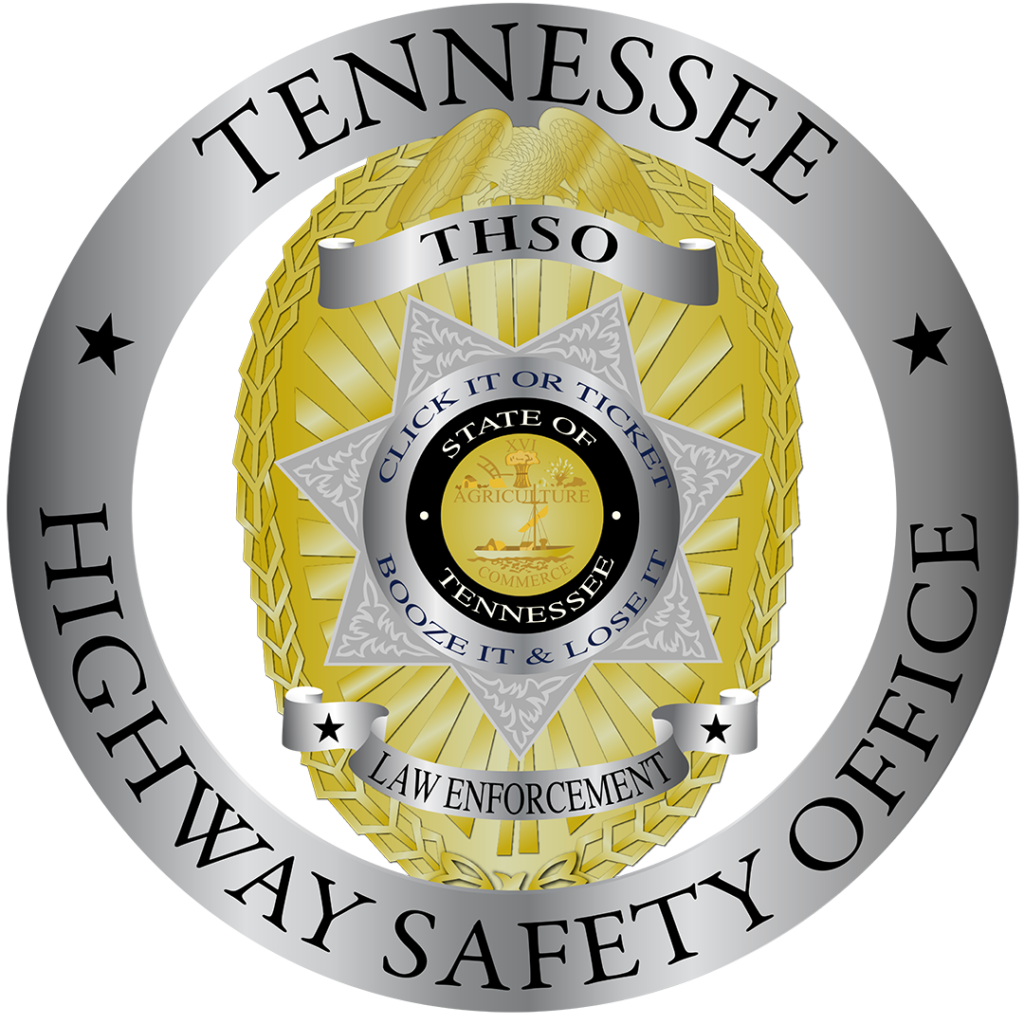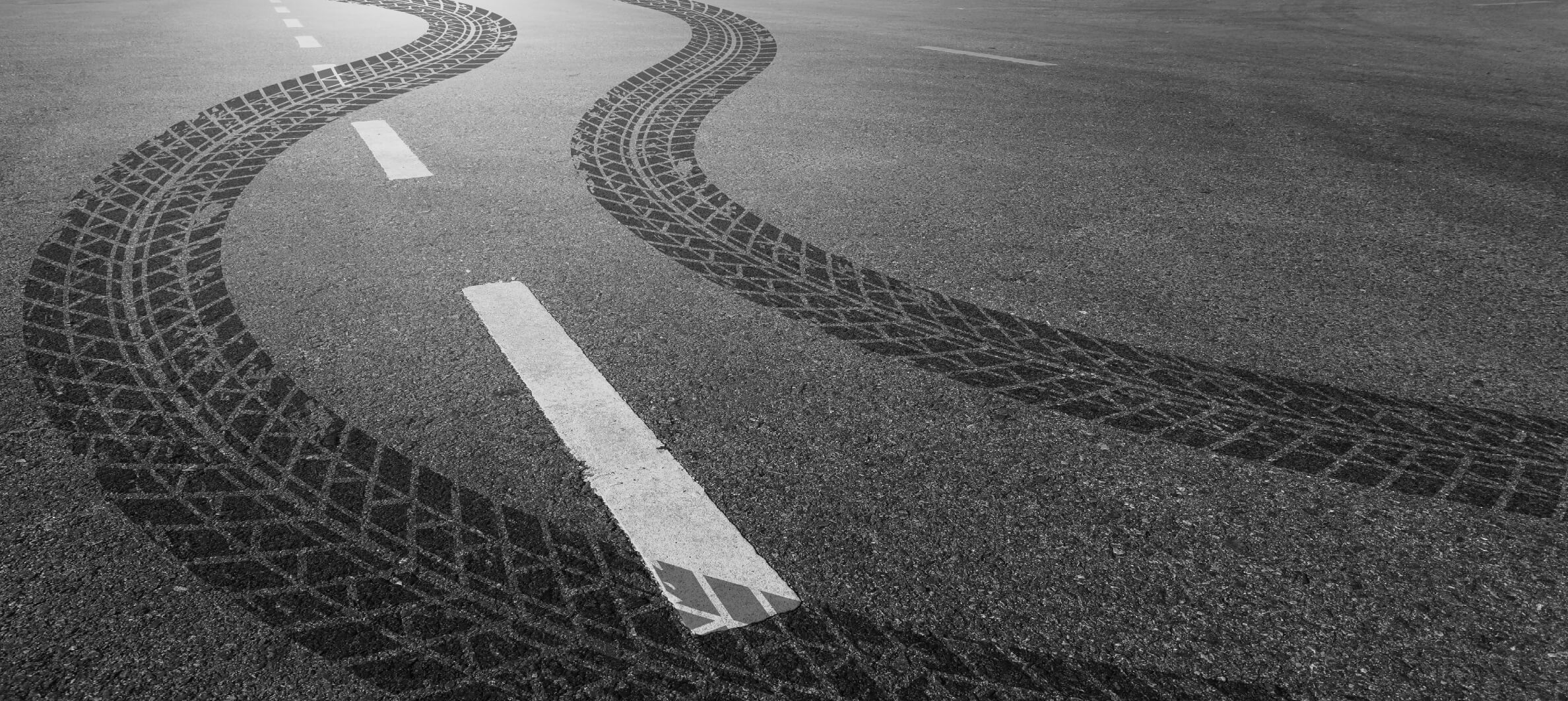

Speeding and distracted driving endangers EVERYONE on the road.
Beginning August 5th, the multi-agency “Slowdown Memphis” operation will begin on interstates in Memphis. This is a partnership between the TN Highway Patrol (THP), Memphis Police Department, and Shelby County Sheriff’s Office.
Interstate patrols will target all violations occurring on the interstate within Memphis. Officers will work to suppress and prevent Interstate shootings, and enforce all laws governing reckless driving and excessive speeding. Officers will also identify counterfeit tags and stolen vehicles, issue citations, and make physical arrests holding violators responsible for their actions.
Speed Related Crashes
During 2019 and 2020 Memphis, TN had 1,565 speed related crashes.
Involved drivers age 18-24
36% of speeding-related crashes in TN from 2017-2019 involved drivers between 18 and 24 years old.
MOVE OVER MEMPHIS
First responders are injured or killed by vehicle strikes every year while responding to emergency calls. When you see Police, Fire or Ambulance slow down, yield, and move over. Faster response times can help save a life including your own. Move Over Memphis, it’s the law. The State of Tennessee requires motorists to always exercise due care and maintain a safe speed while driving. Speed limits may vary depending on the county and road conditions; therefore, drivers must always pay attention and adhere to posted speed limits to ensure the safety of all roadway users.
Fatalities Year to Date (YTD)
2020
2021
2022
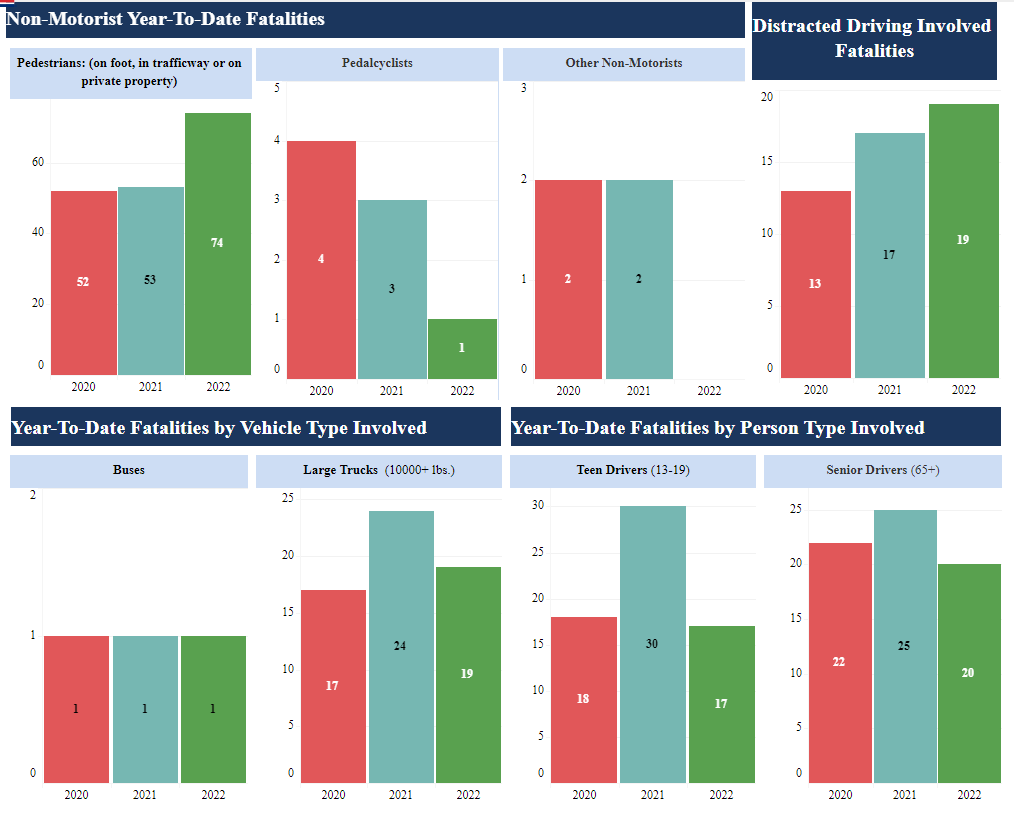
Ordinances
TCA 55-8-136 / Drivers to exercise due care
Drivers shall exercise due care to avoid colliding with any pedestrian upon any roadway, and shall give warning by sounding the horn when necessary, and shall exercise proper precaution upon observing any child or any confused or incapacitated person upon a roadway.
TCA 55-8-110 / Traffic-control signals
At a green light, vehicles can go straight, turn right or left unless a sign prohibits either turn after yielding the right-of-way to other vehicles and pedestrians in the intersection or crosswalk.
TCA 55-10-501. Drag Racing
As used in this part, unless the context otherwise requires:
(1) “Drag racing” means:
(A) The use of any motor vehicle for the purpose of ascertaining the maximum speed obtainable by the vehicle;
(B) The use of any motor vehicle for the purpose of ascertaining the highest obtainable speed of the vehicle within a certain distance or within a certain time limit;
(C) The use of any one (1) or more motor vehicles for the purpose of comparing the relative speeds of the vehicle or vehicles, or for comparing the relative speeds of the vehicle or vehicles within a certain distance or within a certain time limit;
(D) The use of one (1) or more motor vehicles in an attempt to outgain, outdistance or to arrive at a given destination simultaneous with or prior to that of any other motor vehicle; or
(E) The use of any motor vehicle for the purpose of the accepting of, or the carrying out of any challenge, made orally, in writing, or otherwise, made or received with reference to the performance abilities of one (1) or more motor vehicles;
(2) “Participant” means that person or persons who operate any motor vehicle or motor vehicles upon the public highways of this state, or that of any municipality or political subdivision thereof, for the purpose of drag racing, and also any person or persons who arrange for, supervise, or in any way and manner set in motion any drag racing, regardless of whether or not such person or persons may be the operator of, or be a passenger in, any motor vehicle participating in drag racing; and
(3) “Public highways” means all of the streets, roads, highways, expressways, bridges and viaducts, including any and all adjacent rights-of-way, that are owned, constructed, and/or maintained by the state, and/or any municipality or political subdivision of the state, and any and all highways, roads, streets, etc., that have been dedicated to the public use.
55-10-502. Penalty
(a) Drag racing is declared to be a Class B misdemeanor, and any person or persons who operate a motor vehicle or motor vehicles upon the public highways of this state, or while on the premises of any shopping center, trailer park, any apartment house complex, or any other premises generally frequented by the public at large, or who is a participant therein, for the purpose of drag racing commits a Class B misdemeanor unless the premises are properly licensed for this purpose.
(b) If the violation of subsection (a) results in the serious bodily injury of a participant, passenger, bystander or other person, drag racing shall be punished as provided in § 39-13-106(b) for vehicular assault.
(c) Any motor vehicle used to commit the offense of drag racing or to flee after commission of the offense of drag racing is, upon conviction for the offense, subject to seizure and forfeiture as provided in title 40, chapter 33, part 1.
55-10-205. Reckless driving
(a) Any person who drives any vehicle in willful or wanton disregard for the safety of persons or property commits reckless driving.
(b) A person commits an offense of reckless driving who drives a motorcycle with the front tire raised off the ground in willful and wanton disregard for the safety of persons or property on any public street, highway, alley, parking lot, or driveway, or on the premises of any shopping center, trailer park, apartment house complex, or any other premises that are generally frequented by the public at large; provided, that the offense of reckless driving for driving a motorcycle with the front tire raised off the ground shall not be applicable to persons riding in a parade, at a speed not to exceed thirty miles per hour (30 mph), if the person is eighteen (18) years of age or older.
(c) (1) Any motor vehicle operator who knowingly ignores a clearly visible and adequate flood warning sign or barricade and drives into a road area that is actually flooded commits reckless driving. In addition to the penalties imposed pursuant to subsection (d), the court may order the operator to pay restitution to defray the taxpayer cost of any rescue efforts related to such violation.
(2) It is an affirmative defense to prosecution under this section, which must be proven by a preponderance of the evidence, that the operator’s driving through the flood warning sign or barricade was necessitated by a bona fide emergency.
(3) This subsection (c) shall not apply to an emergency vehicle. “Emergency vehicle” means a vehicle of a governmental department or public service corporation when responding to any emergency, or any vehicle of a police or fire department, or any ambulance.
(d) A violation of this section is a Class B misdemeanor.
55-8-152. Speed limits Penalties
(a) Except as provided in subsection (c), it is unlawful for any person to operate or drive a motor vehicle upon any highway or public road of this state in excess of sixty-five miles per hour (65 mph).
(b) Truck, as used in this section, means any motor vehicle of one and one-half (1 ½) ton rated capacity or more.
(c) On all controlled-access highways with four (4) or more lanes, which are designated as being on the state system of highways or the state system of interstate highways, it is unlawful for any person to operate or drive a motor vehicle or a truck at a rate of speed in excess of seventy miles per hour (70 mph). In the left-hand lane of all controlled-access highways with four (4) or more lanes, which are designated as being on the state system of highways or the state system of interstate highways, it is unlawful for any person to operate or drive a motor vehicle at a rate of speed less than fifty-five miles per hour (55 mph).
(d) (1) (A) Except as provided for certain counties in subdivision (d)(2), counties and municipalities are authorized to establish special speed limits upon any highway or public road of this state within their jurisdiction, except at school entrances and exits to and from controlled access highways on the system of state highways, which is adjacent to school grounds that are devoted primarily to normal school day activity. Such speed limit shall be enacted based on an engineering investigation, shall not be less than fifteen miles per hour (15 mph) and shall be in effect only when proper signs are posted with a warning flasher or flashers in operation and only while children are actually present.
(B) In any county or municipality where the local legislative body does not establish special speed limits as provided for above, any person who shall drive at a speed exceeding fifteen miles per hour (15 mph) when passing a school during a recess period when a warning flasher or flashers are in operation, or during a period of ninety (90) minutes before the opening hour of a school or a period of ninety (90) minutes after the closing hour of a school, while children are actually going to or leaving school, shall be prima facie guilty of reckless driving.
(C) The department of transportation has the authority to establish such special speed limits at school entrances and exits to and from controlled access highways on the system of state highways.
(2) In counties of not less than forty-three thousand seven hundred (43,700) nor more than forty-three thousand eight hundred (43,800) and counties of not less than one hundred forty-three thousand (143,000) nor more than one hundred forty-five thousand (145,000) and counties of not less than four hundred seventy-seven thousand eight hundred (477,800) nor more than four hundred seventy-seven thousand nine hundred (477,900), according to the 1980 federal census or any subsequent federal census, counties and municipalities are authorized to establish special speed limits upon any highway or public road of this state within their jurisdiction, except at school entrances and exits to and from controlled access highways on the system of state highways, which is adjacent to or within one-fourth (¼) mile of school grounds that are devoted to normal school day activities. Such speed limit shall be enacted based on an engineering investigation and shall not be less than fifteen miles per hour (15 mph) and shall be in effect only when proper signs are posted with a warning flasher or flashers in operation. In any county or municipality where the local legislative body does not establish special speed limits as provided for above, any person who drives at a speed exceeding fifteen miles per hour (15 mph) when passing a school during a recess period when a warning flasher or flashers are in operation, or during a period of forty (40) minutes before the opening hour of a school or a period of forty (40) minutes after the closing hour of a school, while children are actually going to or leaving school, is prima facie guilty of reckless driving. The department of transportation has the authority to establish such special speed limits at school entrances and exits to and from controlled access highways on the system of state highways.
(e) (1) The fees of sheriffs, deputy sheriffs and other police officers, other than salaried officers, for making arrests for violations of the speed restrictions of this chapter, shall be one dollar ($1.00).
(2) The reference to sheriffs, deputy sheriffs and other police officers in subdivision (e)(1) also includes constables in counties of this state having a population of:
(f) (1) (A) Notwithstanding any provision of this section to the contrary, the department is authorized to lower the speed limits prescribed in this section, and on the state system of roads and highways, as it deems appropriate due to concerns regarding the roadway, traffic, or other conditions. This authorization to reduce the speed limits set by this section shall be in addition to the authority conveyed by § 55-8-153.
(B) When the department determines that it is necessary to reduce the speed limits set in subsection (a), the commissioner shall so indicate the reduced speed limit via a letter of policy statement, and the commissioner shall cause signs indicating the new speed limit to be erected.
(C) Subject to § 55-8-153(c), the municipalities of the state are authorized to set speed limits on the public roads and streets within their jurisdictions that are not a part of the interstate and national defense highway system nor any access controlled highway on the state road and highway system. In addition, the counties of this state are authorized to set speed limits on the public roads and highways within their jurisdiction that are not a part of the interstate or state highway system. The speed limits for both municipalities and counties shall not exceed fifty-five miles per hour (55 mph).
(2) Notwithstanding any law to the contrary, during the period in which this subsection (f) is in effect, any person who is arrested or receives a traffic citation for driving or operating a motor vehicle in excess of fifty-five miles per hour (55 mph) but less than seventy-five miles per hour (75 mph) on a highway of the interstate and defense highway system or a four-lane controlled-access highway which are federal or state highways, or in excess of fifty-five miles per hour (55 mph) or less than sixty-five miles per hour (65 mph) on a highway or road which has an existing speed limit of sixty-five miles per hour (65 mph) as of March 1, 1974, shall be charged with speeding and upon conviction shall not be fined more than the maximum fine nor less than the minimum fine for speeding as provided by law for that violation, nor shall any costs be imposed or assessed against the person. Costs shall be imposed in such cases should the person fail to appear or answer the traffic citation as required by law. The conviction shall not be reported to the department of safety under the provisions of §§ 55-10-306 and 55-12-115. Such person shall not be required to attend driver education course as provided in § 55-10-301. The conviction for speeding shall not result in suspension or revocation of operator’s or chauffeur’s license unless the excess speed constitutes reckless driving, as set out herein. This subsection (f) shall not apply to trucks as defined in subsection (b) when traveling in excess of sixty-five miles per hour (65 mph) on all highways of the interstate and defense highway system and four-laned controlled-access highways, which are federal or state routes of this state or when traveling in excess of fifty-five miles per hour (55 mph) on any other highways of this state. A violation of this subsection (f) is a Class C misdemeanor. However, notwithstanding any law to the contrary, a violation of the reduced speed limits set by the department of transportation, pursuant to § 55-8-153, is a Class B misdemeanor, punishable by fine only, when employees of the department or construction workers are present. The amount of the fine imposed pursuant to § 55-8-153 shall not be less than two hundred fifty dollars ($250) nor more than five hundred dollars ($500). Notwithstanding any provision of this subsection (f) to the contrary, no provision of this subsection (f), nor of § 55-8-153, shall be construed so as to prevent the entry of a suspended sentence upon the conviction of a defendant for the first violation of the enhanced penalties provided for when the violation occurs within a work zone and when employees of the department of transportation or construction workers are present and when the trier of fact determines that extraordinary circumstances lead to the violation.
(g) (1) Notwithstanding any law to the contrary, any county having a population of not less than sixty-seven thousand five hundred (67,500) nor more than sixty-seven thousand six hundred (67,600), according to the 1980 federal census or any subsequent federal census may assess any person who is arrested or receives a traffic citation for driving or operating a motor vehicle in excess of the posted speed limits an additional fine of five dollars ($5.00). This fine shall be in addition to any fine assessed under this or any other applicable section.
(2) Fines collected pursuant to subdivision (g)(1) shall be placed in a fund to be established by such county. The fund shall be for the sole purpose of erecting and maintaining highway signs.
(3) This subsection (g) shall have no effect unless it is approved by a two-thirds (2/3) vote of the legislative body of any county to which it may apply. Its approval or nonapproval shall be proclaimed by the presiding officer of the county legislative body and certified by the presiding officer to the secretary of state.
(h) Notwithstanding any law or regulation to the contrary, only the department of transportation has the authority to set speed limits on access-controlled roadways designated as being on the state system of highways and on roadways designated as being on the state system of interstate highways.
News
Slow Down Memphis Press Conference

